Roman Emperor Augustus
27 B.C. - 14 A.D.
Gaius Julius Caesar Octavianus
Busts, Statues, Coins, Information, Maps, Images, and More
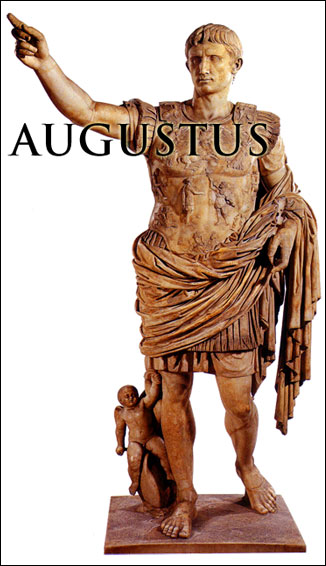
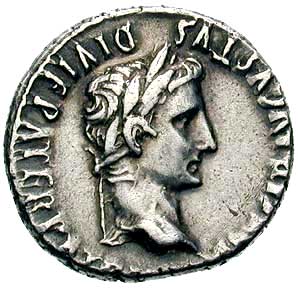
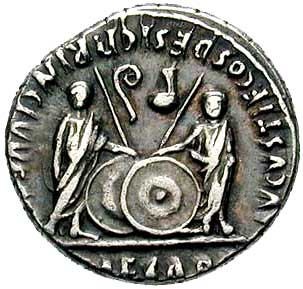
Augustus Busts and Statues
1. Bronze statue of Augustus

The First Emperor of The Roman Empire's bronze statue can be found at Archeological Museum of Athens. They house a marvelous collection of artifacts from Greek antiquity worldwide.
2. Marble Bust of Emperor Augustus

This sympathetic look of Emperor Augustus can be found at Department of Greek, Etruscan and Roman Antiquities. This is a Borghese Collection whose artist is unknown.
3. Young Augustus

Although he was known to be ruthless during his early years, this bust marble depicts a kind look of the young Augustus contrary to what his images was as a young man. The 11.2 inch bust is located at the Louvre's Department of Greek, Etruscan and Roman Antiquities.
4. Prima Porta-type Bust of Augustus

The amazing marble statue dates back to 1st Century AD from Gigthis, Tunisia.
5. Bust of Emperor Augustus
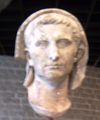
Roman-Germanic Museum in Cologne, Germany has a vast collection of archeological ruin. Among this collection is the bust of Augustus which dates from the 1st half of the 1st century.
6. Augustus "BEVILACQUA"

This wonderful piece of art depicting the Emperor Augustus shows him wearing the Civic Crown or commonly known as the "Corona Civica". It had the most valued honors among the Ancient Romans.
7. Younger Octavian

The sculpture which dates back to around 30 BC is located at the Museo Capitolino of Rome, Italy. It portrays a younger Octavian.
8. Bronze Bust of Augustus

This fine-looking Roman Art of Augustus was made in bronze. It was found in Meroe in Nubia (today Sudan) and is currently on display at Upper floor, room 70: Roman Empire.
9. Bust of Innocent look of Augustus

It portrays a young Augustus with his innocent look. The bust of Augustus was found at Meroe in Nubia (modern Sudan). It is made of bronze and on display at Upper floor, room 70: Roman Empire.
10. Augustus Bust after his Death

It's a beautiful marble made artwork of Augustus dates back to 14 AD, probably after his death. The British Museum keeps this marvelous piece together with other collection of world art and artifacts.
11. Portrait Sketch of Augustus
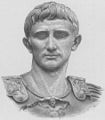
The sketch is from the History of the World, H.F. Helmolt (ed.), New York, 1901 and copied from the University of Texas. This is Augustus wearing his breastplate in which the symbol indicates all his achievement for prosperity and peace for the Roman Empire.
12. Augustus as Pontifex Maximus

Augustus as Pontifex Maximus was found in Via Labicana. Pontifex Maximus was the head of the state religion of Rome. It's in display at National Museum Rome.
13. Augustus wearing a Toga

Toga was the national garment of Rome and only male citizens were allowed to wear the toga. The back of the toga was pulled over the head during religious ceremony as in this marble statue of Augustus as High Priest (pontifex maximus). Dated 17th century (from 2nd century body and 1st century head) and can be seen at Museo del Prado.
14. Augustus in his War Dress

This Augustus in Prima Porta is on display at the Vatican Museum, Rome. It is one of the many statues that were erected throughout the empire during his reign. Every detail from head to toe symbolizes everything about his character and achievement.
15. Augustus of Prima Porta Copy

This statue is just a copy of the Augustus of Prima Porta. Although this picture does not include the lower part of Augustus, the upper body including his right hand gives us more information about his character as a ruler. This statue gives the audience an impression of Augustus as the powerful ruler of Rome.
16. Augustus as Ruler of Rome

A half-body picture of Augustus depicts him as the most powerful ruler of Rome according to his right hand gesture. It's a replica of Prima Porta Statue of Rome. His face also renders the youthful look of the emperor despite his age of 40 when this statue was constructed.
17. Caesar Augustus in his Toga

Suetonius, a Historian to Emperor Hadrian describes Augustus as "remarkably handsome and of very graceful gait even as an old man; but negligent of his personal appearance...body and limbs so beautifully proportioned..." This picture agrees to his descriptions. This can be seen at Department of Greek, Etruscan and Roman antiquities
18. Augustus as High Priest of the Ancient Roman

It's a Roman artwork of the late Augustan period. This statue is Augustus as Pontifex Maximus or the High Priest of the Ancient Roman College of Pontiffs. He is wearing a toga, with back pulled over the head and a calcei patricii, boots for Roman Nobles.
19. Via Labicana Augustus

Emperor Augustus is shown as Pontifex Maximus, it's a Roman artwork of the late Augustan period. This close-up portrait of Augustus shows his eyes that is described in the writings of Suetonius who said, "Augustus's eyes were clear and bright and he liked to believe that they shone with a sort of divine radiance: it gave him profound pleasure if anyone at whom he glanced keenly dropped his head as though dazzled by looking into the sun."
20. Benevolent Look of Augustus

The statue of Augustus is available for viewing at Museo Pio-Clementino, Sala Rotunda. His eyes show compassion to his people. He is wearing a toga with back pulled over to the head during religious ceremonies.
21. A Cult Statue of the Deified Augustus

The disfigured statue of Augustus is on display at Ephesus museum in Selcuk, Turkey. It was believed that Worship of Emperor began even during the lifetime of Octavian.
22. Bronze Equestrian Statue of Augustus
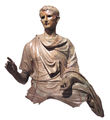
This is the only preserved life-size equestrian statue of Augustus. It was recovered from the sea, in the area between Euboea and the Island of Aghios Eustratios. It dates back to the end of the 1st Century BC and can be seen at the National Archaeological Museum, Athens.
23. Augustus Wall Relief at Temple in Egypt

Kalabasha Temple was built by Emperor Augustus, and this is the largest free-standing temple of Egyptian Nubia. The photo is represented with a stone carving of Augustus depicted in Egyptian style.
24. Heroic Statue of the Roman General

This marble made statue is a representation of Octavius, a Heroic Roman General. The head does not belong to the statue. It is available for viewing at the Louvre's Department of Greek, Etruscan and Roman Antiquities.
Augustus Coins
1. Anthony with Octavian
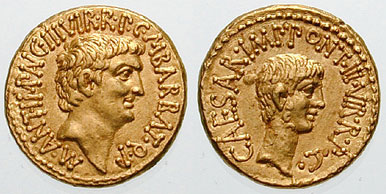
This coin reveals the head of Octavian on the right with caption "CAESAR IMP PONT III VIR R P C" and on the left is Antony with "M ANT IMP AVG III VIR R P C M BARBAT Q P".
2. Bronze coin of Augustus
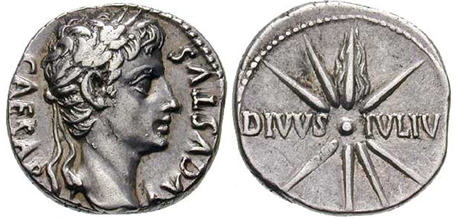
Wreathed head of Augustus is on the left with "CAESAR AVGVSTVS" written on it, and on the right is a comet with eight rays with tail upward.
3. Augustus: PATER PATRIAE
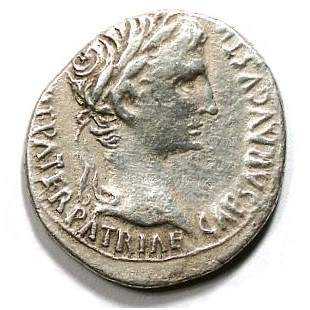
Lyons mint 2 BC - ca 13 AD, with wreathed head of Augustus, surrounded with words, "CAESAR AVGVSTVS DIVI F PATER PATRIAE".
4. Roman Coin: Augustus
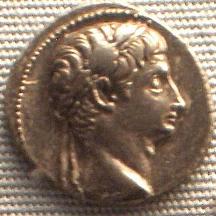
It shows a laureate head of Augustus (30 BC - 14 AD). On display at National Munzsammlung, Munich (Germany).
5. Augustus Coin with Capricorn
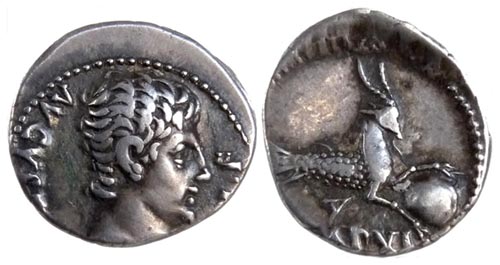
Augustus Imperial Silver Denarius with Capricorn his birth sign holding globe between front hooves. It was struck in 12 BC, minted in Lugdunum (Lyon).
6. Ephesus Mint of Augustus Coin
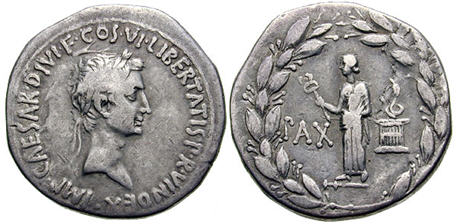
A cistophoric tetradrachm, or a large silver type, struck to the weight of four denarius, on the left is the wreathed head of Octavian with Greek style lettering "IMP CAESAR DIVI COS VI LIBERTATIS P R VINDEX". On the left surrounding laurel leaf is an arising serpent from cista mystica and a PAX the goddess of peace standing left holding caduceus.
7. Head of Augustus with Shield
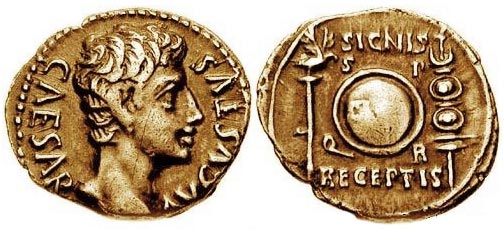
Bare head of Augustus on the left and on the reverse (right) is a circular shield with aquila on its left. "S" and "P" is written on both left and right at the top of the shield, and "Q" and "R" on both sides at the bottom of the shield.
8. Augustus with Agrippa
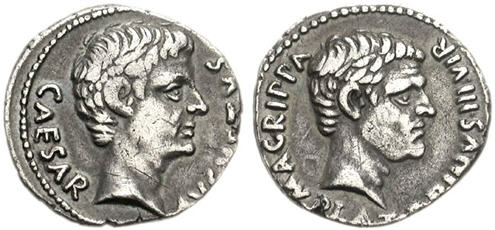
It's Denarius of Augustus with Agrippa that dates back to 27 BC-14 AD. It's minted in Rome by Caius Sulpicius Platorinus, moneyer. On the left is Augustus bare head with inscription "CAESAR AVGVSTVS" and Agrippa's head on the right with "M - AGRIPPA PLATORINVS - III - VIR" as its inscription.
9. Augustus and Agrippa with Crown
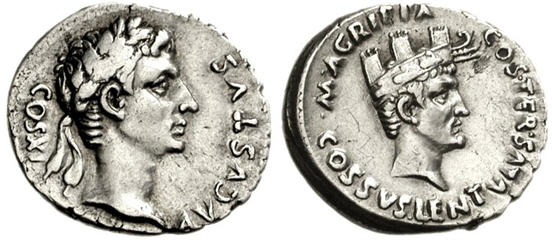
Denarius of Augustus with oak leaf on his head and Agrippa his right hand man on the right with mural and rostral crown. It was minted in Rome in 12 BC by Cossus Cornelius Lentulus, moneyer.
10. Augustus and Agrippa Back to Back
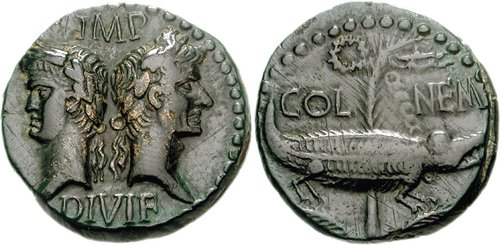
Heads of Augustus and Agrippa back to back. Agrippa is wearing his rostral crown and the head of Augustus is wreathed. On the right side is a crocodile chained to a palm tree with a palm leaf on either side of the base. It was minted in Gaul, Nemausus.
11. Augustus with Victory
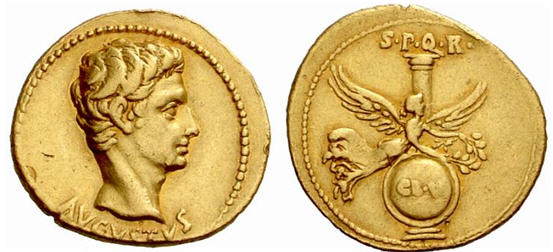
Bare head of Emperor Augustus on the left and Victory with her wings spread on the right, at the back is a column and a shield below.
12. Augustus and Tiberius
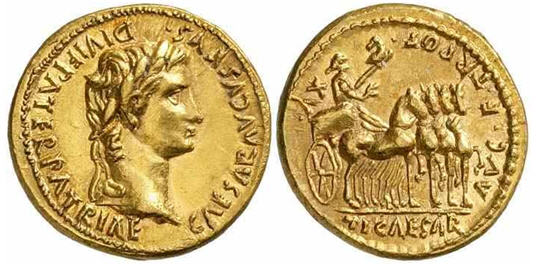
This coin was minted in Rome, 13-14 AD. Laureate head of Augustus is on the left with the inscription "CAESAR AVGVSTVS DIVI F PATER PATRIAE", on the right is Tiberius riding a chariot with four horses holding his eagle tipped scepter.
13. Augustus and Victory
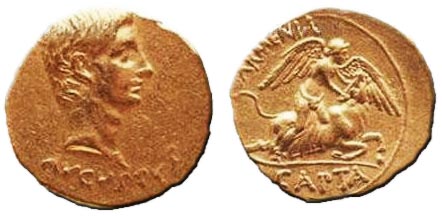
Augustus, Armenia Capta. Augustus bare head obverse and on the reverse is an insignia Armenia Capta with Victory kneeling down and cutting the throat of a lying bull.
More to Come

"Octavian"
27 years before Jesus Christ was born, the Senate of Rome bestowed upon Octavian the title Augustus. Augustus became the first "Emperor", which comes from the military title imperator. In actuality he became no more than first senator, but he skillfully combined within himself all the powers of consul, tribune, and other offices, and he really had no rival.
Augustus was also shrewd in that he directly controlled the strongest military provinces. He was smart enough to avoid Julius Caesar's mistake which was to oppose the senators. Augustus brought a great Roman peace (Pox Romana) which extended all the way to the Danube River and the Black Sea.
Augustus was clearly the greatest Emperor in all of Roman history, and the title "Father of his country" was well-deserved. He made many wise and clear decisions throughout the provinces, boasting that he had transformed Rome "from a city of brick into a city of marble."
Augustus was very religious, as celebrated in the famous Altar of Peace in the city of Rome. He restored as many as 80 temples, he attempted to regulate morals, and he even banished his own daughter Julia for her immorality. He encouraged marriage and childbearing and he even used legislation to do so. In fact according to his census records the number of Roman citizens grew from 4,000,000 in eight BC to 5,000,000 in 14 A.D.
It was during a time of great peace in the reign of Augustus that Jesus Christ was born in Bethlehem. He would have been born in Nazareth, the home of his parents Joseph and Mary, had it not been for the census ordered by Augustus, requiring all adults to register at their ancestral home towns.
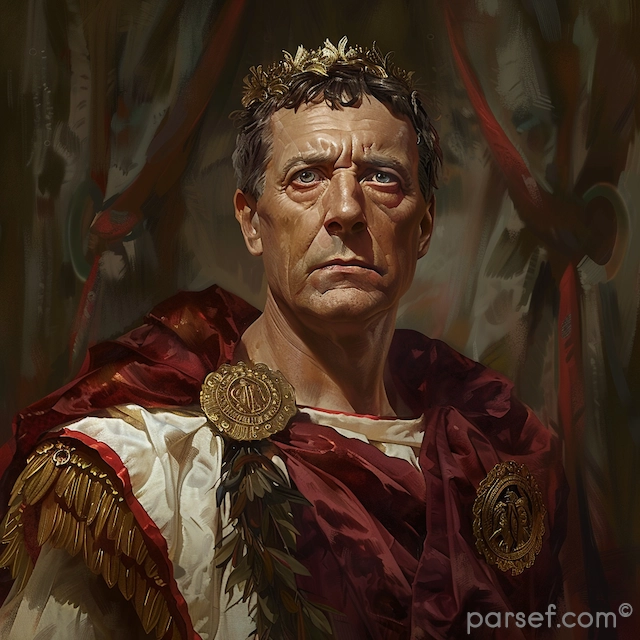
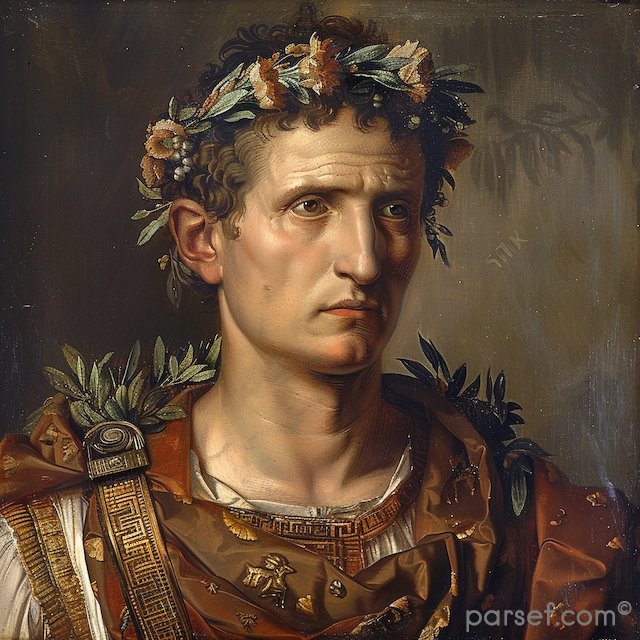
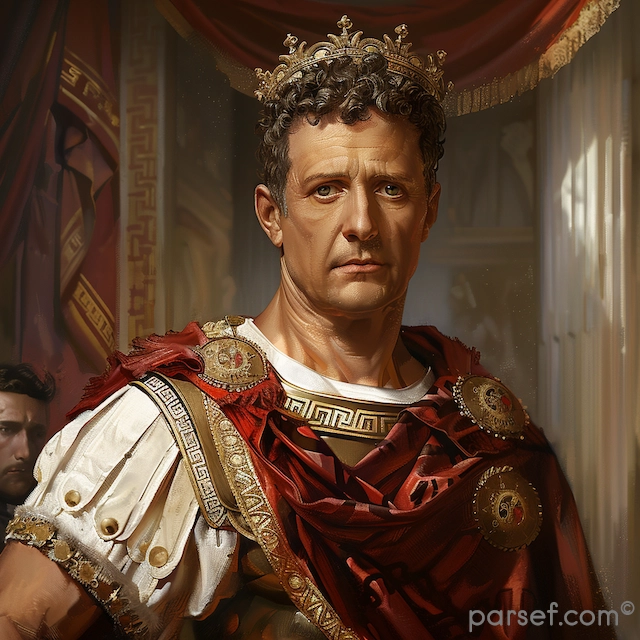
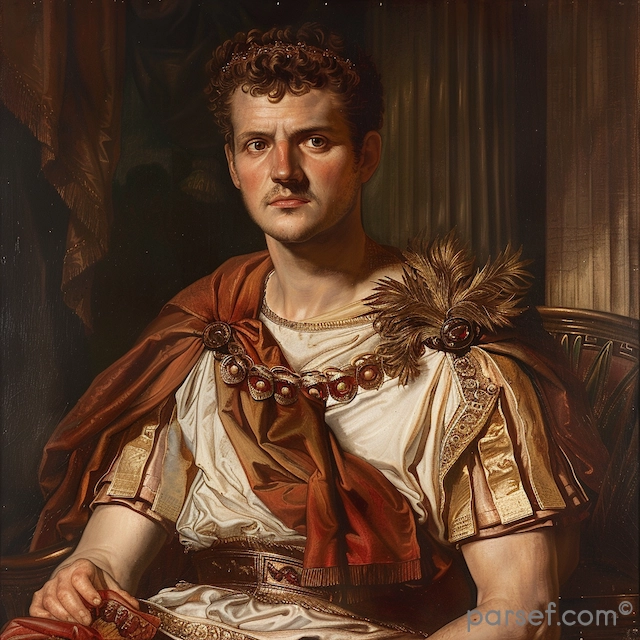
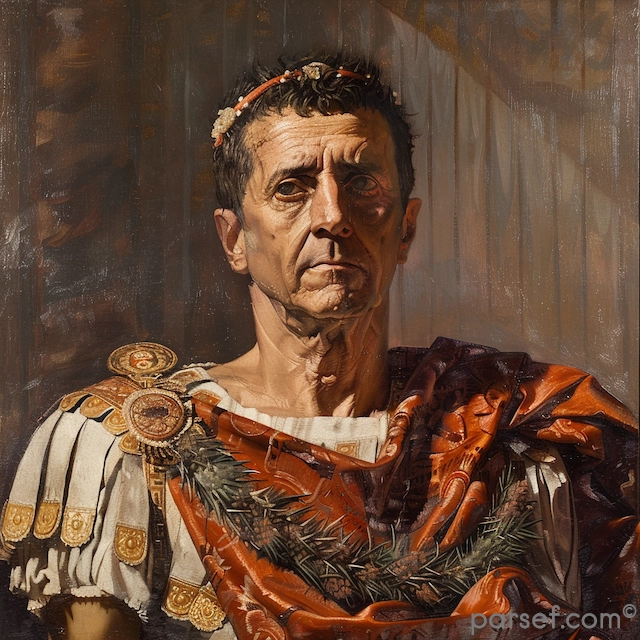

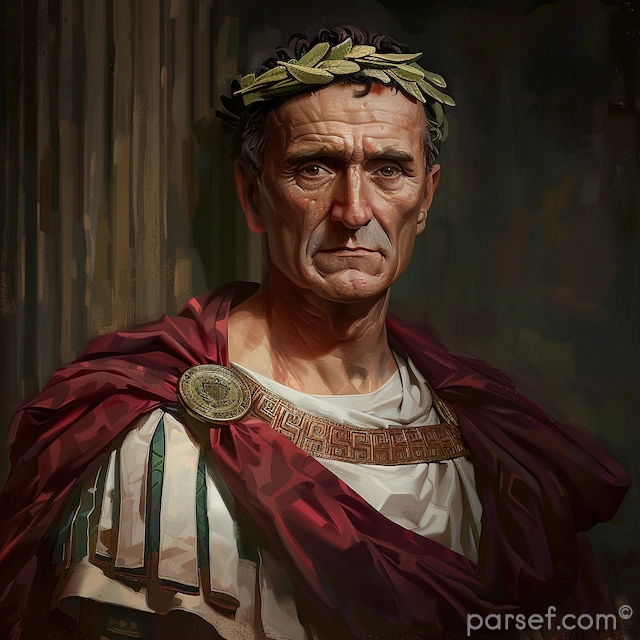
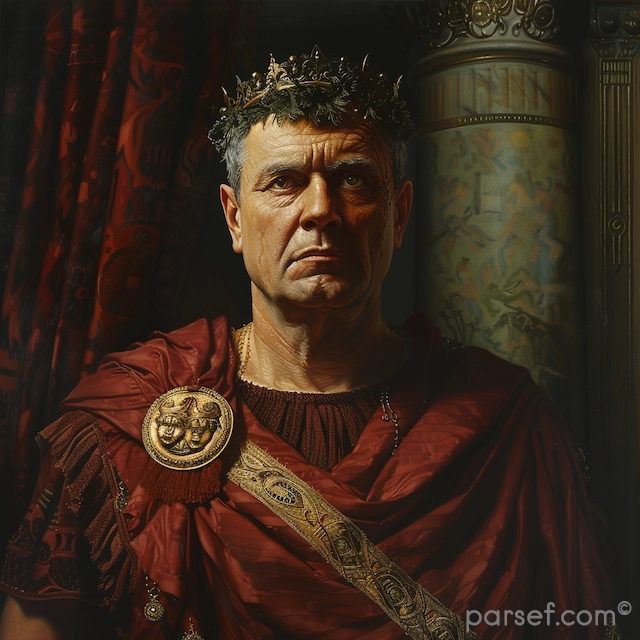


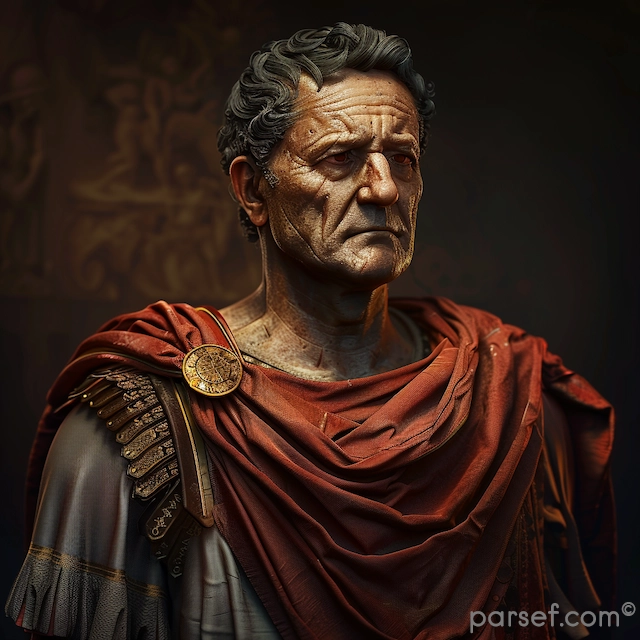
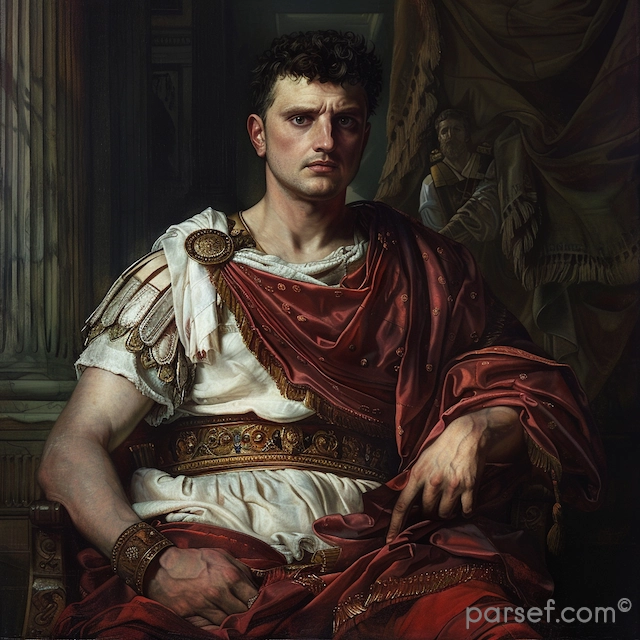
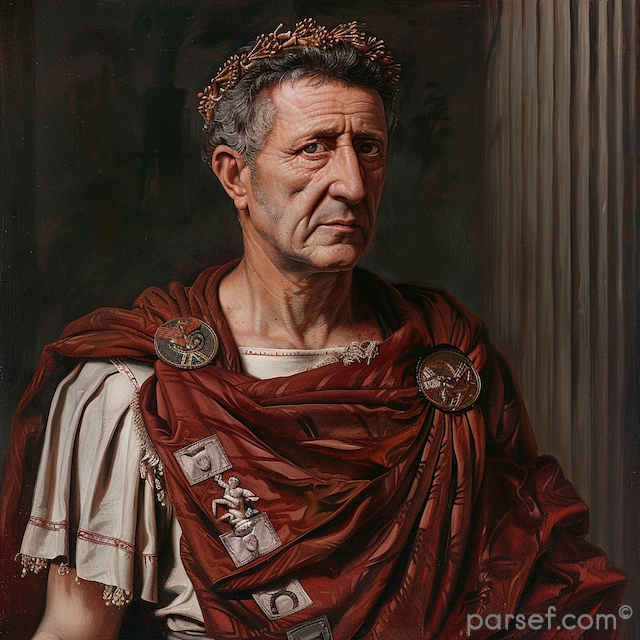




Latest




Popular




Useful




